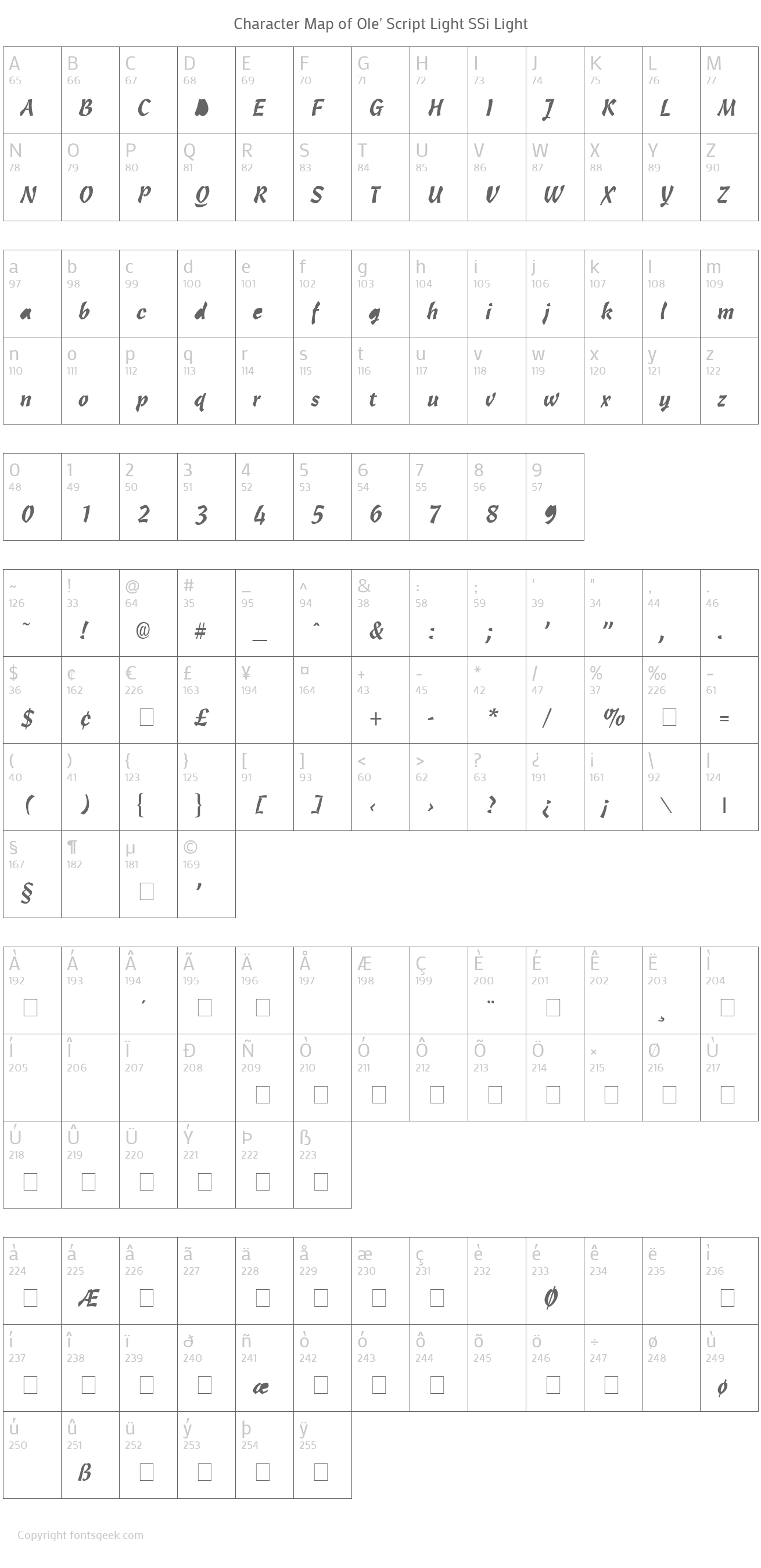Standard Sizes
Read the The Lighthouse script, written by Robert Eggersand Max Eggers. Nexa Script Light Font is a popular choice from the fine bundle Nexa Script. What's included. Can’t find a language you need? We can design it for you.
Honey Script Light. Name table version. Postscript font name. Extended font information Platforms supported. Platform Encoding. Microsoft Unicode BMP only. Macintosh Roman. Created 2006-07-12. Class newsericson room 55mrs. mcbride. Glyph count 223. Units per Em 1000. Embedding rights Embedding for permanent installation. Script Light is a hand-knotted rug with a wool field and raised cultivated silk motif. Originally conceived for a cross-cultural initiative called AfghanMade, Principals Janis Provisor and Brad Davis were inspired by the bold symmetry of the tribal designs in the region.
Standard Colors
Script Light is a hand-knotted rug with a wool field and raised cultivated silk motif. Originally conceived for a cross-cultural initiative called AfghanMade, Principals Janis Provisor and Brad Davis were inspired by the bold symmetry of the tribal designs in the region. Small segments of written characters from the Dari, Pashto, Arabic, Persian, and Sanskrit languages are reassembled to create a diamond-shaped shield. The soft, faded colorway echoes the bleaching of the desert sun, and pays homage to both modern Afghanistan and its rich cultural history.
Script Lighter
The design is interpreted in a blend of hand processed, high-altitude wool and cultivated silk, using time treasured hand-knotting techniques. Meticulous dyeing of the yarns produce complexity and depth of color which enrich the overall aspect of the carpet. A high-low carving of the pile raises the shimmery cultivated silk motifs above the wool field to literally add dimension to the design, and expands the Studio’s collection of three-dimensional textural offerings.
Maintenance & Cleaning

May We Also Suggest
Light Script Roblox Pastebin
| LSL Portal | Functions |Events |Types |Operators |Constants |Flow Control |Script Library |Categorized Library |Tutorials |
Properties of light
The quality of a PRIM_POINT_LIGHT cast by an object is determined by five parameters found on the features tab of the edit tool, which can also be set by script commands. The controls appear in the dialog in the same order as used in the script commands (see example below).

Script Light Of Olympia
The first is a simple on/off switch: either the object is a PRIM_POINT_LIGHT source (checkbox activated or TRUE) or it isn't. The light's color is set by a color picker (dialog) or as an RGB vector (script) as usual. The intensity of light is a measurement of how strong in absolute terms the light is. This is a floating-point number ranging from 0.0 to 1.0, where 1.0 is fully on and 0.0 is equivalent to 'off.'
The two remaining settings are trickier, because their effects are quite subtle and they do interact with each other. Radius is the distance that light will travel from the centre of the object before it blends into and becomes indistinguishable from the scene's natural ambient lighting. This is a floating-point number measured in metres. Falloff is the extent to which light 'decays' as it travels away from the object. This is a floating-point number ranging from 0.01 to 2.0, where 2.0 is an abrupt falling-off of intensity and 0.01 is relatively little change over distance.
To illustrate how these settings work, imagine—or better still: build—a hollow grey cube 8 by 8 by 8 metres on the inside, with a light source hovering in the middle of one end-wall, and yourself standing below the light source looking at the opposite wall. (Hint: if you do actually build this, turn the sun off while you are testing; you may also need to close the curtains and extinguish all lights in the real-life room you're working in.)
While the radius is less than 4 metres (i.e. under halfway to the opposite wall), it remains fairly dark. Turning the falloff up to 2.0 (maximum decay) makes the room somewhat darker.
Second Life Light Script
Dbeaver navicat. As the radius approaches 8 metres (the distance to the wall), the room is only slightly brighter; at maximum falloff, the room is about as dark as it was when the radius was 4 metres and falloff was 0.01.
Only after the radius is greater than the distance to the opposite wall does it become significantly brighter. The effect of falloff is greater: when it is 0.01, direct illumination begins to make concentric circles on the wall, centred on the point where it intersects the light's axis; at the maximum of 2.0 the room is again as dark as it was when the radius was only 4 metres.
Controlling light sources
Light in Second Life is determined by the OpenGL standard which allows for eight sources. Traditionally and practically, two sources are reserved for the Sun and Moon, leaving six for incidental lighting. All eight are really generated on the client-side video card, so different video card models may show the same scene slightly differently. If more than six PRIM_POINT_LIGHT sources are present in a scene, only the light from the closest six will show in the environment.

An example - How to generate, switch and change light from LSL:
The following example shows how to create a configurable light that turns itself on and off when touched. The light's properties can be edited by changing the values defined at the top of the script. This script illustrates the lighting attributes PRIM_POINT_LIGHT, PRIM_FULLBRIGHT and PRIM_GLOW.
Pages in category 'LSL Light'
The following 9 pages are in this category, out of 9 total.
CG | LP | S |

